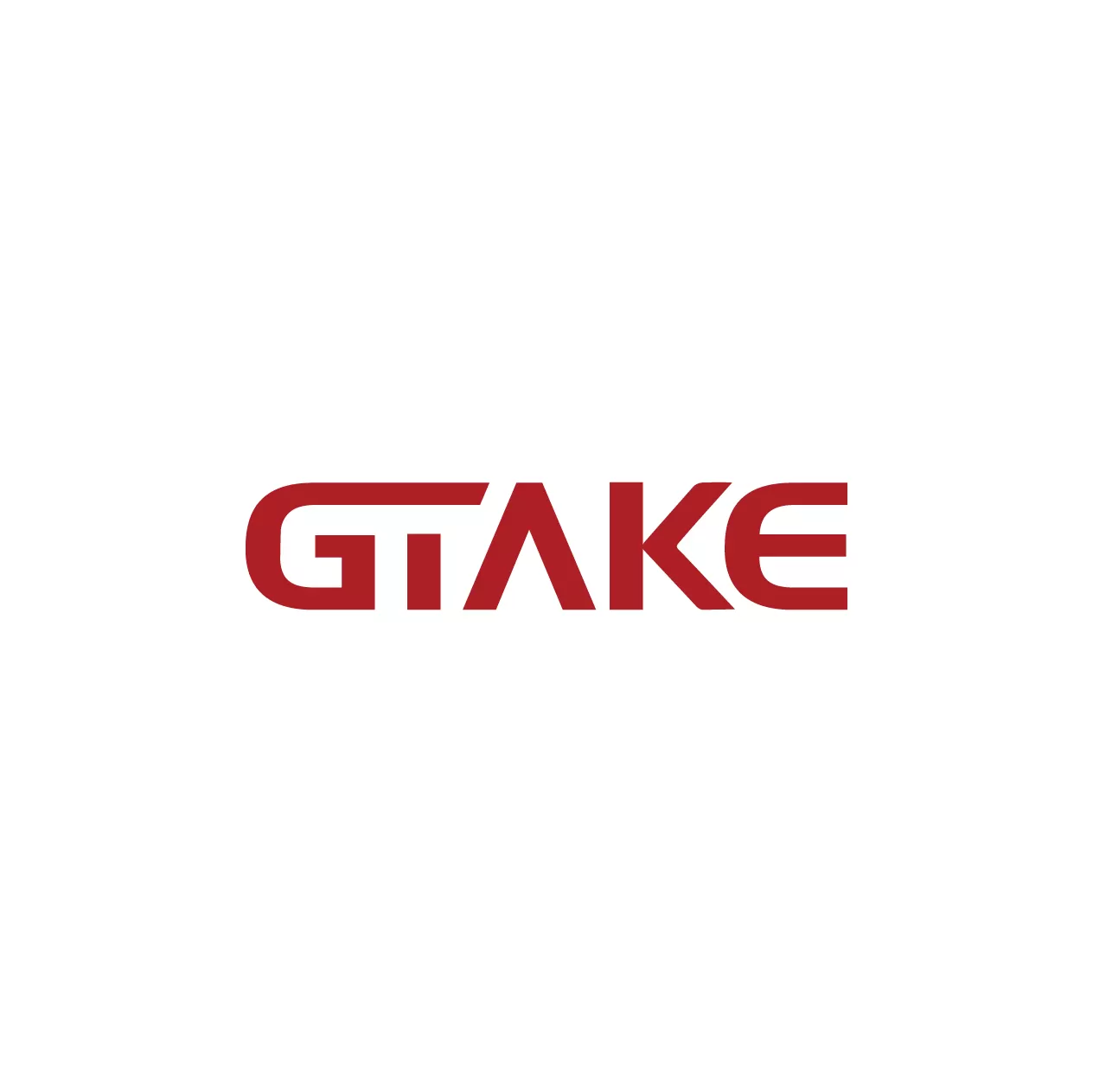In recent years, electric mobility has evolved rapidly, from e-bikes and scooters to electric motorcycles and compact electric vehicles. Among the key innovations driving this transformation is hub motor technology. By integrating the motor directly into the wheel, hub motors make electric drive systems more compact, efficient, and easy to maintain.
Understanding how this technology works—and why it’s becoming a preferred solution for many electric vehicles—helps explain its growing importance in modern mobility systems.
What Is a Hub Motor?
A hub motor is an electric motor built directly into the wheel hub of a vehicle. Unlike conventional systems that rely on chains, belts, or gears to transmit power from a central motor to the wheels, a hub motor delivers direct drive motion. This means the wheel itself is driven by the electromagnetic force produced within the motor.
The basic structure of a hub motor includes a stator (the stationary part containing coils of wire), a rotor (the rotating part connected to the wheel), and magnets that create motion through electromagnetic induction. Hall sensors are also used to monitor rotation speed and position for smooth control.
This compact integration eliminates many mechanical parts, making hub motors simpler, quieter, and more energy-efficient than traditional drive systems.

How Hub Motor Technology Works
The working principle of hub motor technology is based on electromagnetic induction. When electric current flows through the stator windings, a rotating magnetic field is created. This field interacts with the rotor magnets, generating torque and causing the wheel to spin.
The hub motor controller plays a vital role in this process. It adjusts current, voltage, and frequency to regulate speed, torque, and direction according to user commands. Advanced controllers also improve efficiency and provide smoother acceleration.
Thanks to this direct drive system, hub motors achieve quick response, high torque at low speeds, and reduced energy loss—making them ideal for urban electric transportation.
Types of Hub Motors
There are several types of hub motors, each designed for different performance needs:
- Brushed vs. Brushless Hub Motors – Brushed motors are simple and low-cost but require frequent maintenance due to brush wear. Brushless hub motors (BLDC), on the other hand, offer higher efficiency, longer lifespan, and quieter operation.
- Geared vs. Direct Drive Hub Motors – Geared hub motors use internal gears to increase torque output and are ideal for low-speed or uphill applications. Direct drive hub motors have no gears, providing silent and smooth operation with less maintenance.
- Front vs. Rear Hub Motors – Front hub motors are easy to install and suitable for light e-bikes, while rear hub motors deliver better traction and handling for performance-oriented electric vehicles.
Choosing the right type depends on vehicle design, power requirements, and desired riding experience.
Key Advantages of Hub Motor Technology
The popularity of hub motor technology is largely due to its practical advantages:
- Compact Design: Integrating the motor into the wheel saves space and simplifies vehicle design.
- High Efficiency: With fewer moving parts and no mechanical transmission, energy loss is minimized.
- Low Maintenance: The sealed structure protects against dust and moisture, reducing upkeep needs.
- Energy Recovery: Many systems support regenerative braking, allowing energy to be recovered during deceleration.
- Smooth and Quiet Operation: The direct drive structure reduces vibration and noise for a better driving experience.
These features make hub motors especially attractive for light electric vehicles and urban mobility solutions.
Limitations and Design Considerations
Despite their benefits, hub motors also come with certain limitations. Because the motor is located in the wheel, it increases unsprung weight, which can slightly affect ride comfort and suspension performance. Additionally, heat dissipation is more challenging due to limited airflow around the wheel.
Another consideration is power limitation—hub motors are generally better suited for small to medium power levels. However, with proper design, efficient thermal management, and intelligent control systems, these challenges can be effectively minimized.
Applications of Hub Motor Technology
Hub motor applications span a wide range of electric vehicles:
- Electric bicycles and scooters: Lightweight, efficient, and easy to assemble, making them ideal for daily commuting.
- Electric motorcycles: Offer high torque, fast acceleration, and simplified drivetrain design.
- Low-speed EVs and AGVs: Provide reliable power for delivery vehicles, campus shuttles, and automated guided vehicles.
- Personal mobility devices: Such as hoverboards, wheelchairs, and smart delivery robots.
With its versatility and simplicity, hub motor technology continues to expand into more industries and vehicle categories.

Future Trends in Hub Motor Technology
Looking ahead, hub motor technology is evolving toward smarter and more integrated designs. Future developments will focus on integrating the motor and controller into a single unit for higher efficiency and better performance management.
Enhanced motor control algorithms, improved regenerative braking systems, and better thermal management will further boost reliability and energy utilization. Companies like GTAKE are contributing to this evolution by offering hub motor controllers optimized for electric motorcycles, e-bikes, and other small EVs—ensuring precise control, high efficiency, and stable operation in diverse environments.
Conclusion: Smart Control Drives the Future
In conclusion, hub motor technology represents a major step forward in electric drive innovation. By combining simplicity, efficiency, and reliability, it delivers excellent performance for modern electric vehicles. While design challenges exist, intelligent control systems and optimized motor drives continue to push the limits of what hub motors can achieve.
GTAKE provides advanced hub motor controller solutions designed for electric motorcycles and light electric vehicles. With industry-proven motor control expertise, GTAKE helps manufacturers achieve higher efficiency, better reliability, and smoother vehicle performance in every ride.
